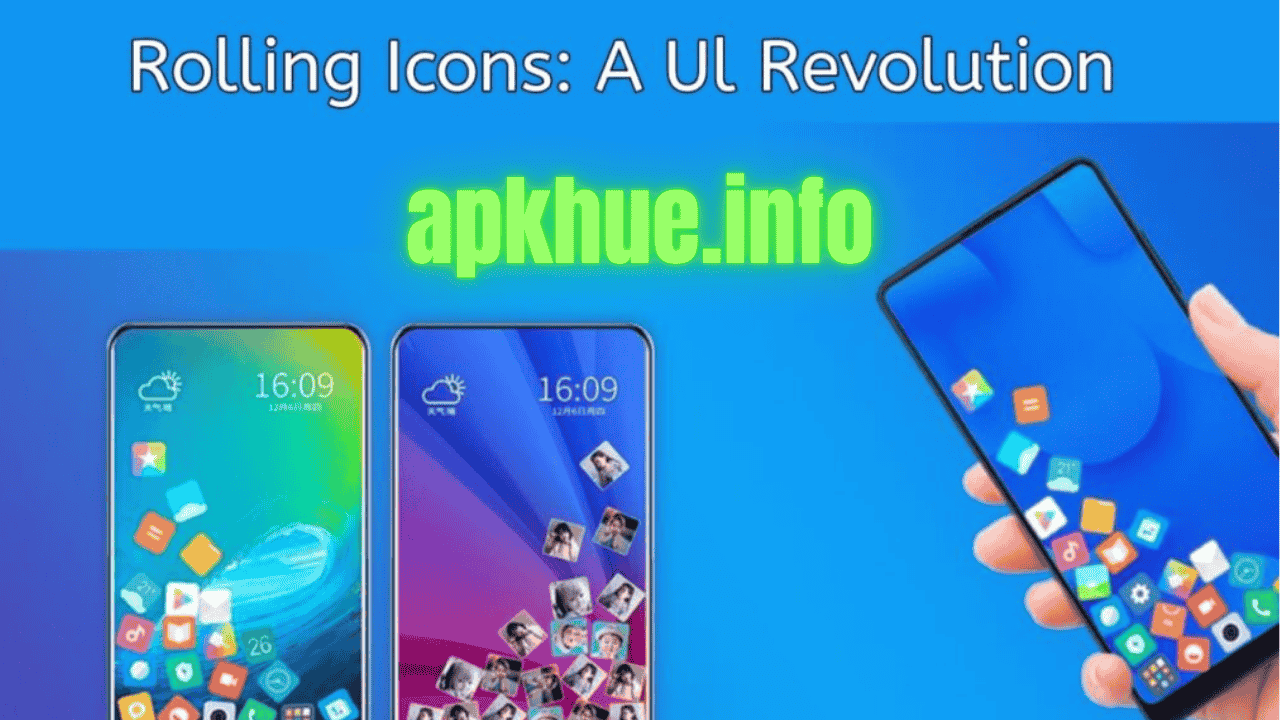In today’s fast-changing mobile apps, creating new and better user interfaces (UIs) is more important than ever. A user expects more from this app; developers are always looking for cool ways to make the app more entertaining, easy to use, and good-looking. It brings a fresh idea—adding movement and personal touches to app icons, which changes the way we use and interact with our devices.
What is the Rolling Icon App?
Rolling icons are moving or interactive icons that spin or behave like real-life objects. They’re often used to show things like progress, direction, or changes on the screen. These icons can spin, rotate on hover, roll in from edges, or react to gestures in real-time.
It’s not just about looks. The app also makes it easier to use your phone by adding motion-based controls and new ways to customize your screen. If you’re tired of the same old home screen setup, Rolling Icons gives you a fresh, playful option—while still keeping everything practical for everyday use.
Key characteristics:
- Moves when you interact with it
- Responds instantly to your actions
- Looks 3D or has a 3D-like effect
- Matches with vibrations or touch feedback
Features and Functional Benefits:
One of the best things about the Rolling Icons app is how much you can customize it. You can change how the icons move, set different rolling styles, and even add special effects that react to how you move your phone. It makes your home screen not only fun to look at but also more attractive and personal. Motion isn’t just pretty; it’s powerful.
Rolling icons add Visual feedback: Users get instant clues about interaction states (loading, active, success).
Spatial orientation: Rotating icons can indicate movement (e.g., compass apps, volume knobs).
Micro-interactions: Subtle animations make actions feel rewarding and intuitive.
Use Cases and Market Impact
The Rolling Icons app is especially popular with Android users who enjoy customizing their phones, but there are also versions for iOS, like widgets. Whether you’re a tech lover or just someone who wants to make your phone look more fun, this app offers something different from the usual boring home screens.
For app developers and UI designers, it’s also an example of how to mix creative design with practical use. It challenges the usual way we arrange apps and shows that adding motion and style doesn’t have to make things harder to use.
Design Considerations:
While rolling icons are visually rich, they require thoughtful implementation.
Best practices:
Don’t overuse it—too many animations can overwhelm you.
Keep performance in mind—optimize for GPU rendering.
Future Possibilities:
As spatial computing and virtual interfaces mature, rolling icons may become the standard for intuitive gesture-based and 3D interactions. Think:
- Rolling menus in VR
- Circular gesture-based icon wheels
- AI-powered adaptive rolling symbols
Conclusion:
Rolling icons are more than just a trend—they signal a paradigm shift in digital interaction. When thoughtfully designed, they blend utility and delight, redefining how users perceive action, feedback, and flow.
.





